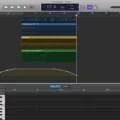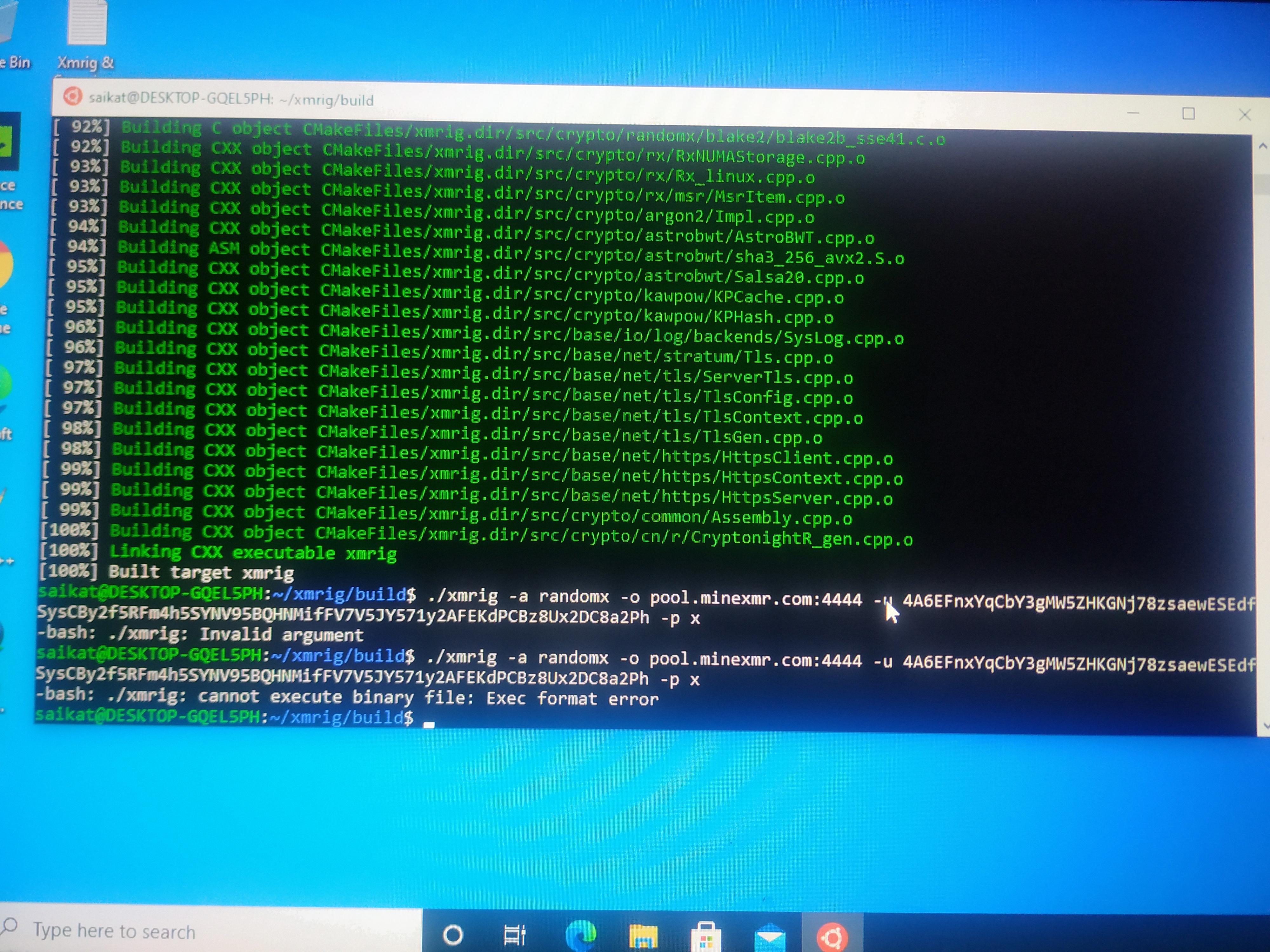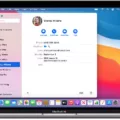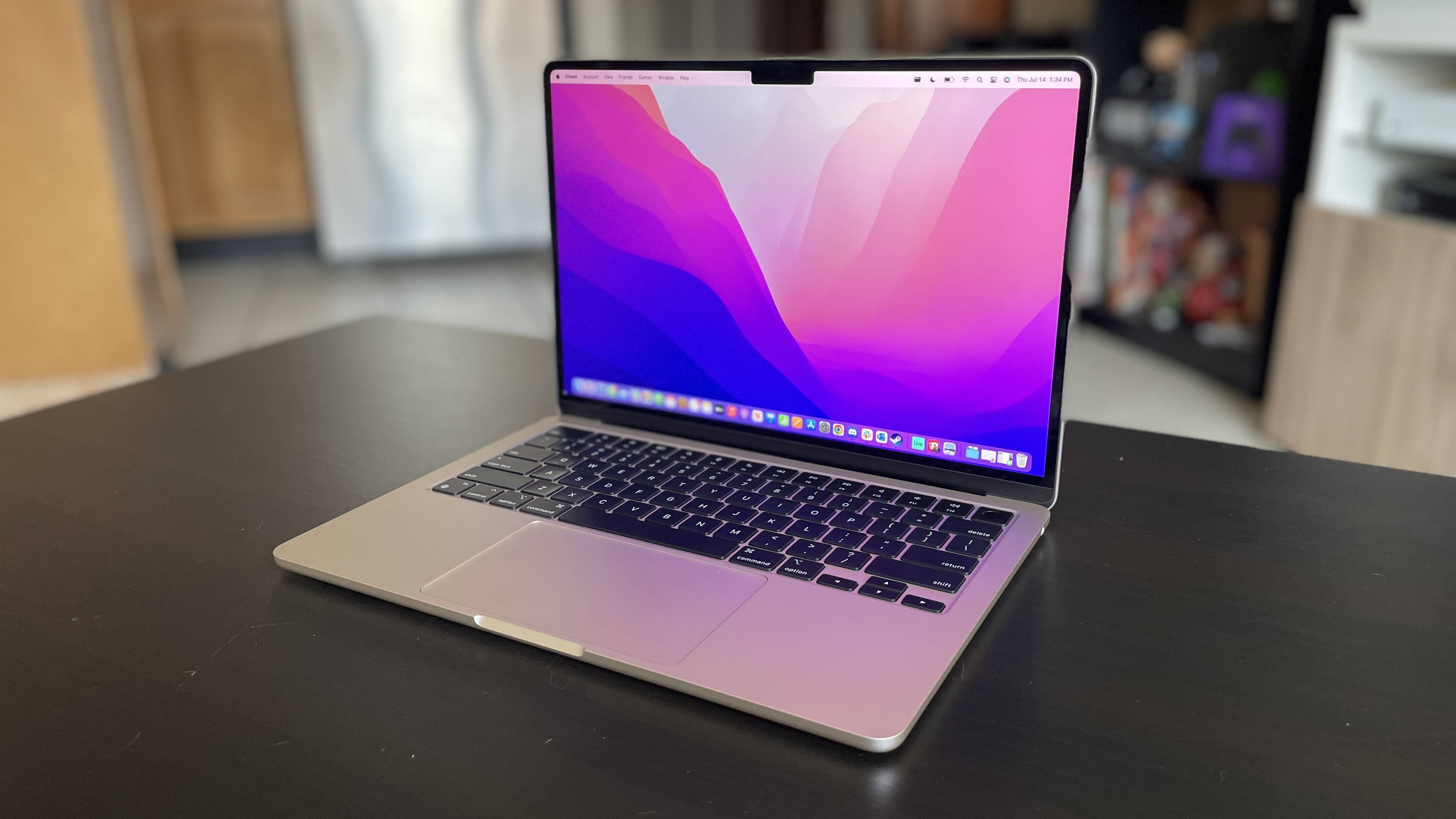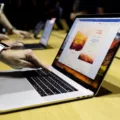If you’re a Mac user, you’re likely familiar with the Macbook Desktop. The desktop is the main page of your MacBook which displays all your files, applications, and folders. It is the first thing you see when you open up your computer and it can be customized to fit your needs.
One of the most important tasks when working on your Macbook Desktop is being able to create and manage folders. Folders are essential for organizing your documents and files in an efficient and manageable way. But how do you make folders on a Macbook Desktop? Well, it’s actually quite simple!
To create a folder on a Macbook Desktop all you need to do is open up Finder. Once Finder is open, click File > New Folder or press Shift-Command-N. This will create a new folder that appars on your desktop ready for use. You can then name the folder whatever you want and start dragging files into it to organize them.
You can also create folders within other folders by opening the parent folder and clicking File > New Folder or pressing Shift-Command-N again. If you want to delete any unwanted folders just right click on them and select Move to Trash or press Command + Delete keys together.
Folders are extremely useful tools that help keep everthing organized on your Macbook Desktop so taking some time to learn how to make them properly is definitely worth it!
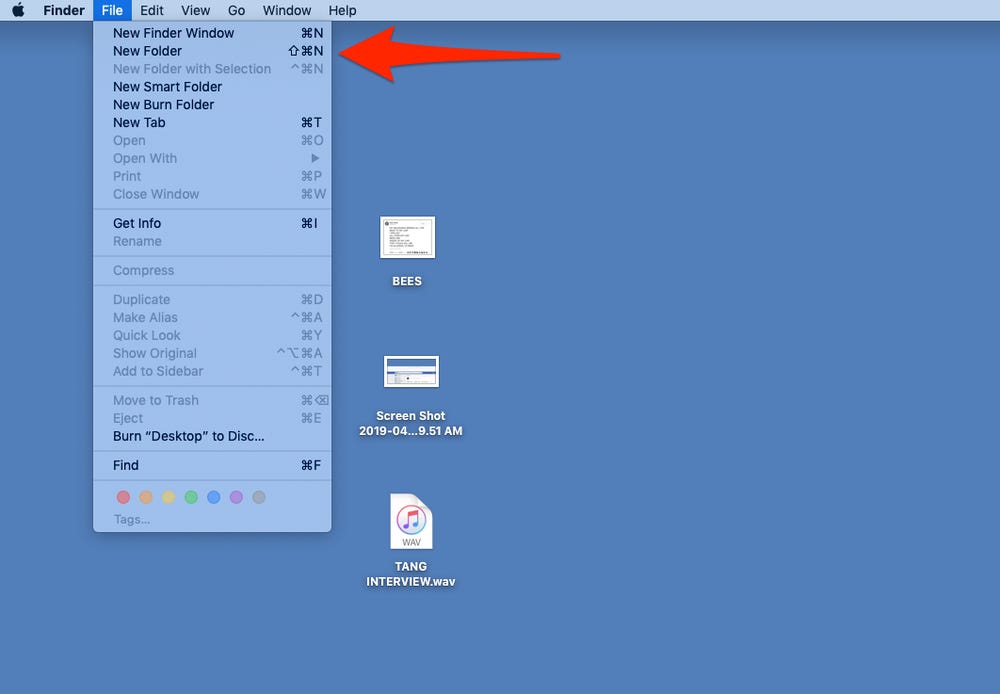
Creating a Folder on a Mac Desktop
To make a folder on your Mac desktop, first open a Finder window by clicking the Finder icon in the Dock. Then navigate to your desktop, or click it if it’s aready open. Once you’re there, select File > New Folder from the menu bar at the top of your screen. If you’d like a shortcut, press Shift-Command-N on your keyboard. This will create an empty folder with a default name that you can change to whatever you’d like. You can drag and drop items into the folder to organize them.
Creating a Folder on the Desktop
To create a folder on your desktop, fist right-click an open area on your desktop. Then, move your cursor to the ‘New’ option in the menu and select ‘Folder’ from the pop-out menu. A new folder with a default name of ‘New Folder’ will appear on your desktop. You can then enter a name of your own choice for the folder. Once you are done, you can open the folder by double-clicking it to begin adding files or folders as you need.
Creating a New File on a Mac Desktop
To create a new file on your Mac desktop, open a document-editing application such as TextEdit or Pages. You can then select File > New from the menu bar to create a new document. Alternatively, you can press Command+N on your keyboard to open a new document window. Once your document is created, you can save it to your Mac desktop by clicking File > Save and selecting the Desktop folder from the sidebar of the Save dialog window.
Locating Desktop Folders on Mac
Your desktop folders on Mac can be found in the iCloud section of your Finder sidebar. To access them, open Finder and look at the left-hand side of the window. Under ‘Favorites’ you will see an option for iCloud Drive. Click on this and you will find two folders – Desktop and Documents. If thee folders are not visible, you may need to turn on iCloud for your Mac in System Preferences. Once enabled, the Desktop and Documents folder will appear in iCloud Drive within Finder.
Troubleshooting Missing Folders on Mac Desktop
It is possible that your folders are not showing up on your Mac desktop because they have been moved to a different location, hidden, or deleted. If you recently updated or installed new software, it may have caused some of your folders to be hidden. Additionally, the Finder preferences may be set to not show certain types of files or folders on the desktop. In order to troubleshoot this issue, we recommend checking your iCloud folder for the missing files first. To do so, open Finder > Preferences… and check the box beside “iCloud Drive”. Then open Finder > iCloud Drive and check if your files missing from desktop are there. If not, try using Spotlight to search for them by typing in their name or other keywords associated with them in the search bar at the top riht corner of your screen. If none of these solutions work for you then it is possible that the files were deleted and need to be restored from a backup.
Assigning Icons to Folders on Mac
Yes, you can give a folder an icon on Mac. To do so, navigate to the folder you wish to customize, right-click on it and select Get Info. A new window will open with information aout the folder. At the top of the window there will be a small image of the current icon, click on this icon and you will be given options to choose a custom icon. You can select an image from your Pictures folder or use one of Apple’s pre-installed icons. You can also choose a custom icon from another file or folder by dragging it into the Get Info window. Once you are satisfied with your selection, click ‘Change All’ at the bottom of the window and your new icon will be applied to all folders with that same name.
Unable to Create a New Folder on Desktop
There could be a few reasons why you cannot create a new folder on your desktop. It is possble that the permissions on your computer are not set correctly, or the system may have an issue with its file structure. In some cases, it could be caused by a virus or malware. You can try restarting your computer or running anti-virus software to check for any issues with your system. Additionally, make sure that you have the necessary permissions to create folders on your computer.
Creating Folders: Is There a Shortcut?
Yes, there is a shortcut to create folders. You can use the keyboard shortcut CTRL+SHIFT+N to quickly create a new folder. This will bring up a dialog box asking you for a name for your new folder. Once you type in the desired name and hit enter, the folder will be created in the current location you are viewing in File Explorer.
Creating a New Folder
To create a new folder, start by navigating to the location where you want to place it. Right-click and select New, then click on Folder. A new folder will be displayed with the default name “New folder.” To change the name of this folder, simply type in a new name and press Enter. This will create your new folder.
Organizing Files on a Mac
The best way to organize files on a Mac is to create folders and subfolders. This will enable you to keep your files organized in a logical structure. You can also use tags or color-coding to categorize your files. Additionally, usng the Finder feature in macOS provides additional options for sorting and organizing your files. You can also use iCloud Drive to store and sync your documents across all of your devices. Taking a few moments to organize your files will save time when you need them later on!
Troubleshooting Issues with Folders Not Appearing on the Desktop
It is possible that the folders on your desktop are hidden. To check if this is the case, open Windows Explorer and go to Views > Options > Folder Options. In the View tab, check the box next to “show hidden files, folders and drives”, and make sure that the option “Hide protected operating system files” is not checked. Then click “OK” to save any changes. If you find that the folders were indeed hidden, they should now be visible on your desktop.
Conclusion
In conclusion, Macbook Desktop is an excellent tool for managing and organizing your documents and files. It allows you to easily create folders, store documents, and access them from aywhere with iCloud. It also provides a secure storage space for all of your important data. With Macbook Desktop, you can quickly find the files you need and keep them safe from potential hacking threats. Additionally, Macbook Desktop is intuitive and easy to use, making it a great option for all users.

